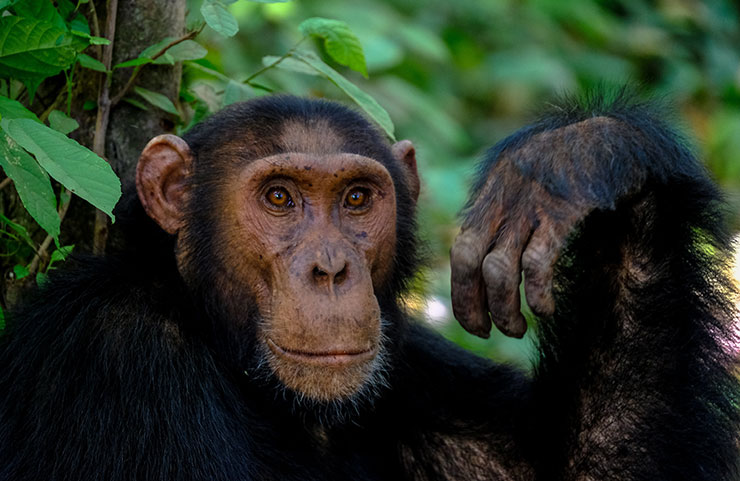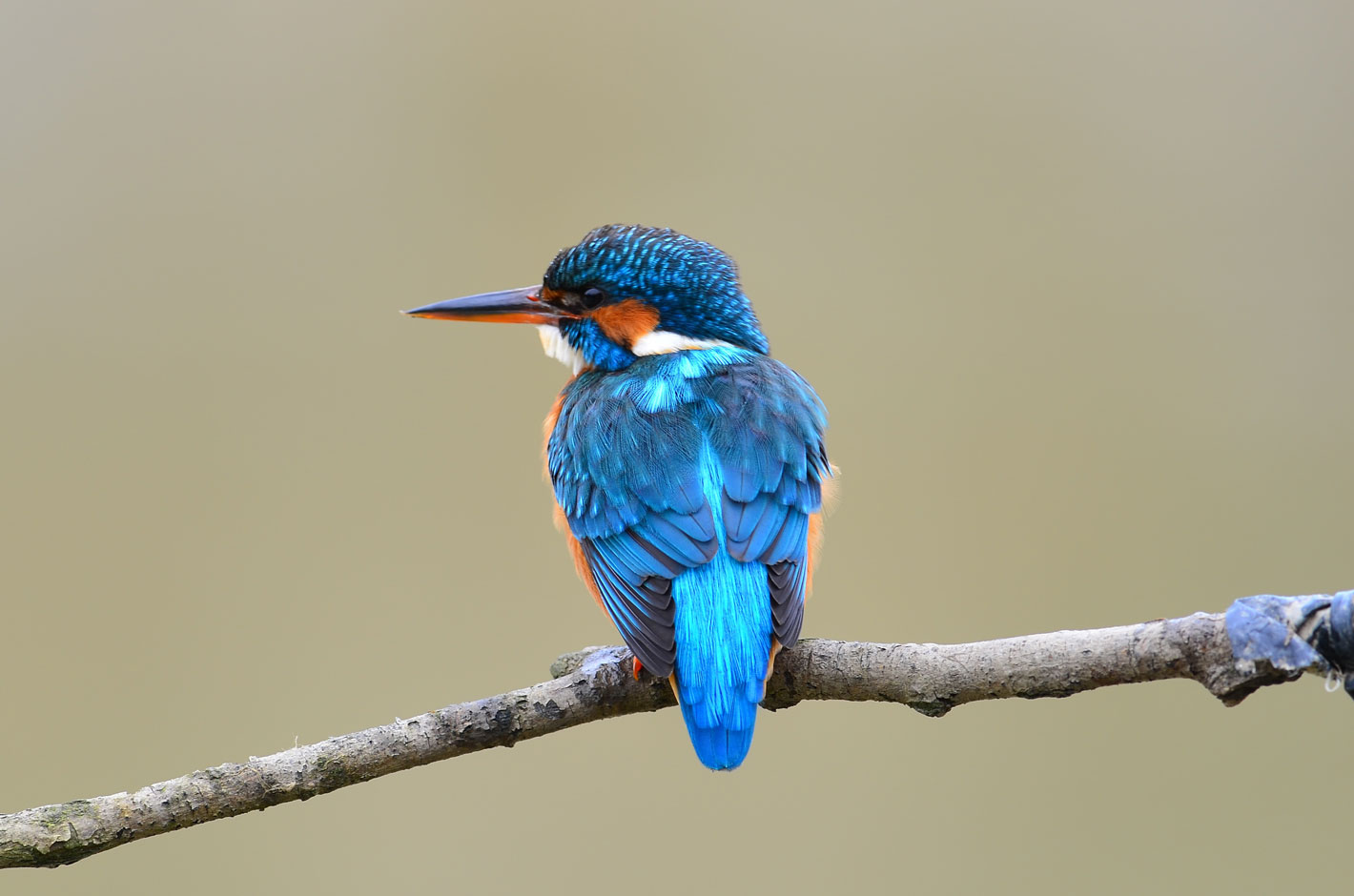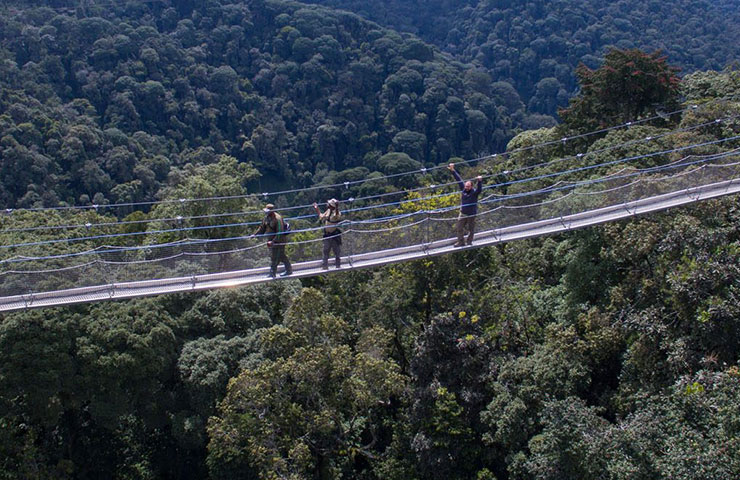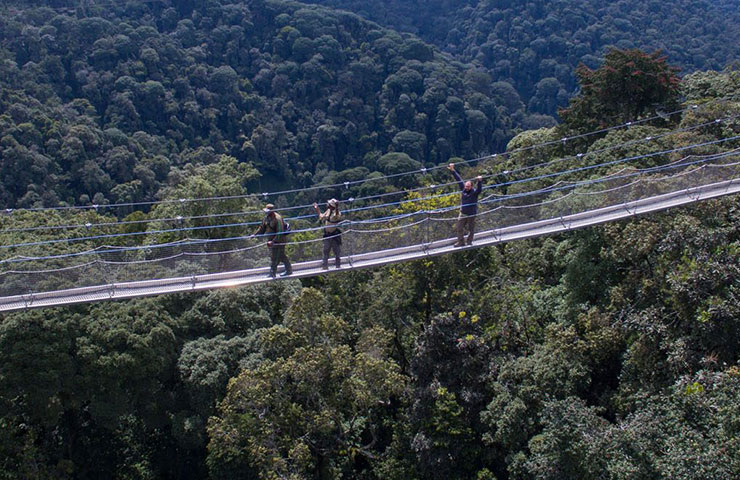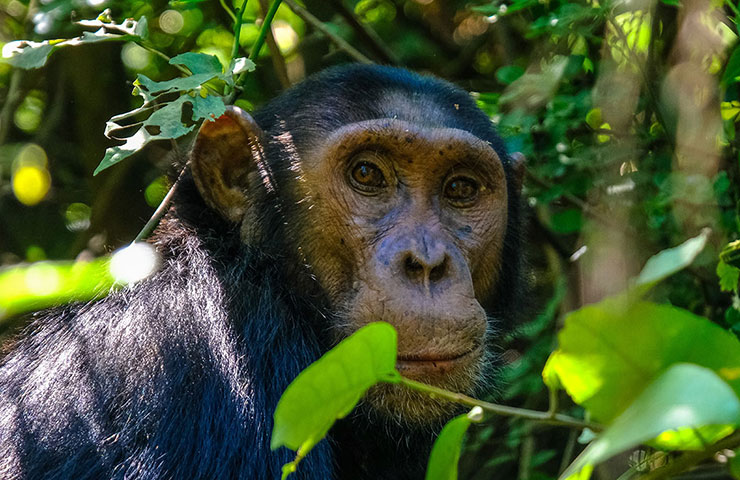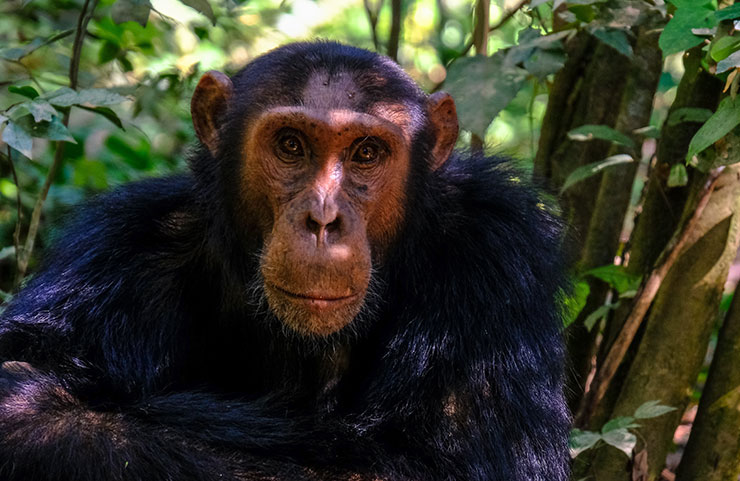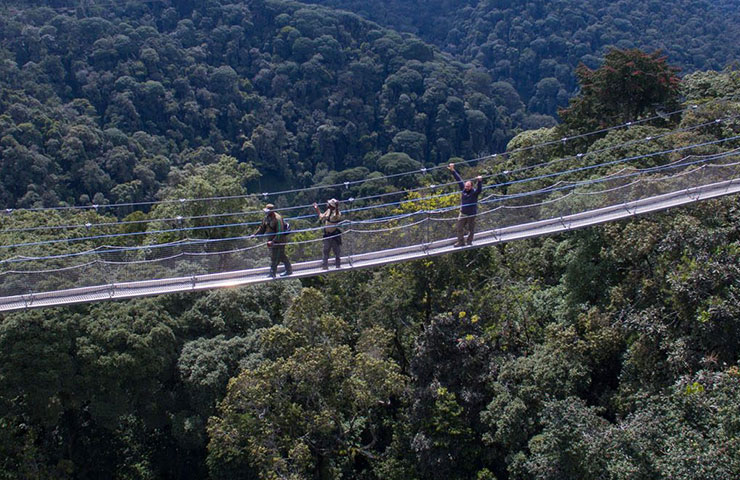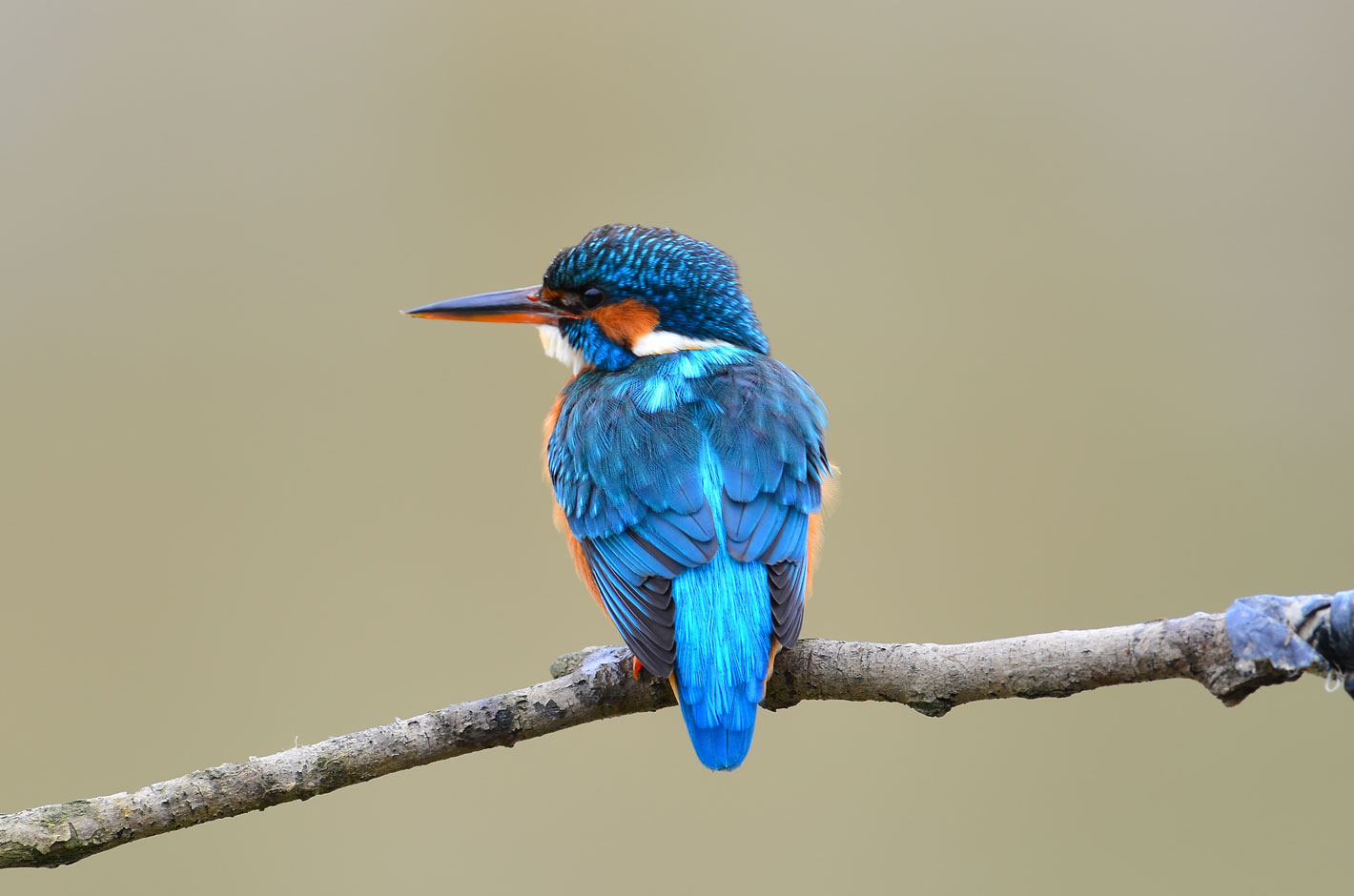Top five things to do in Nyungwe Forest: nestled in the southwestern part of Rwanda, is a biodiversity hotspot that beckons adventure seekers and nature enthusiasts alike. Spanning over 1,000 square kilometers, this ancient rainforest boasts a rich tapestry of flora and fauna, making it a haven for those seeking unique and immersive experiences.
At the top of the list of things to do in Nyungwe Forest
The Canopy Walkway, a suspended bridge that offers a breathtaking perspective of the forest’s lush canopy. Stretching 50 meters above the forest floor, this engineering marvel allows visitors to traverse a series of suspension bridges and platforms, providing unparalleled views of the treetops and the diverse ecosystems below. The Canopy Walkway not only offers an adrenaline-pumping adventure but also serves as a prime vantage point for observing the resident wildlife, including colobus monkeys and a variety of bird species.
Birdwatching takes center stage as the second highlight of the top things to do in Nyungwe Forest. With over 300 bird species, including numerous endemics, the forest is a paradise for bird enthusiasts. Guided birdwatching tours lead visitors through the forest’s diverse landscapes, from dense canopies to open clearings.
The Gisakura Tea Estate, situated on the forest’s edge, serves as an excellent starting point for birdwatching excursions. Here, one can spot iconic species like the Rwenzori Turaco and Grauer’s Swamp Warbler, among many others.
For those with a penchant for trekking, Nyungwe Forest offers an extensive network of hiking trails, each unveiling a unique facet of its natural wonders. The Igishigishi Trail, a moderate trek, guides hikers through the heart of the forest. More ambitious hikers may opt for the Bigugu Trail, leading to the summit of Mount Bigugu, the highest point in Nyungwe. As one ascends, the landscape transforms, offering panoramic views of the forest canopy and surrounding hills. These hiking trails not only provide physical challenges but also opportunities for wildlife encounters, with L’Hoest’s monkeys and golden monkeys making occasional appearances along the paths.
Chimpanzee trekking emerges as the fourth compelling activity in Nyungwe Forest. With one of East Africa’s largest populations of chimpanzees, the forest offers a unique opportunity to witness these intelligent primates in their natural habitat. Guided by experienced trackers, visitors embark on a trek through the dense vegetation, listening for the distinctive calls of chimpanzee groups. Permits are required for chimpanzee trekking to ensure a regulated and sustainable approach to wildlife tourism.
Lastly, Nyungwe Forest is adorned with captivating waterfalls, and the Kamiranzovu Waterfall stands out as a picturesque attraction. Accessible via a scenic trail that winds through the forest, the waterfall is a tranquil oasis surrounded by lush greenery. The sound of cascading water echoes through the air. The Kamiranzovu Waterfall provides a perfect setting for relaxation, allowing visitors to bask in the natural beauty of Nyungwe and appreciate the importance of preserving such pristine environments.
In conclusion, Nyungwe Forest offers a diverse array of activities that cater to various interests and preferences. From the thrilling Canopy Walkway to the immersive experiences of birdwatching, hiking trails, chimpanzee trekking, and serene waterfalls, Nyungwe captivates the hearts of those who venture into its depths. This ancient forest, with its ecological significance and natural wonders, stands as a testament to the importance of conservation and sustainable tourism, ensuring that future generations can continue to be enchanted by the magic of Nyungwe.

